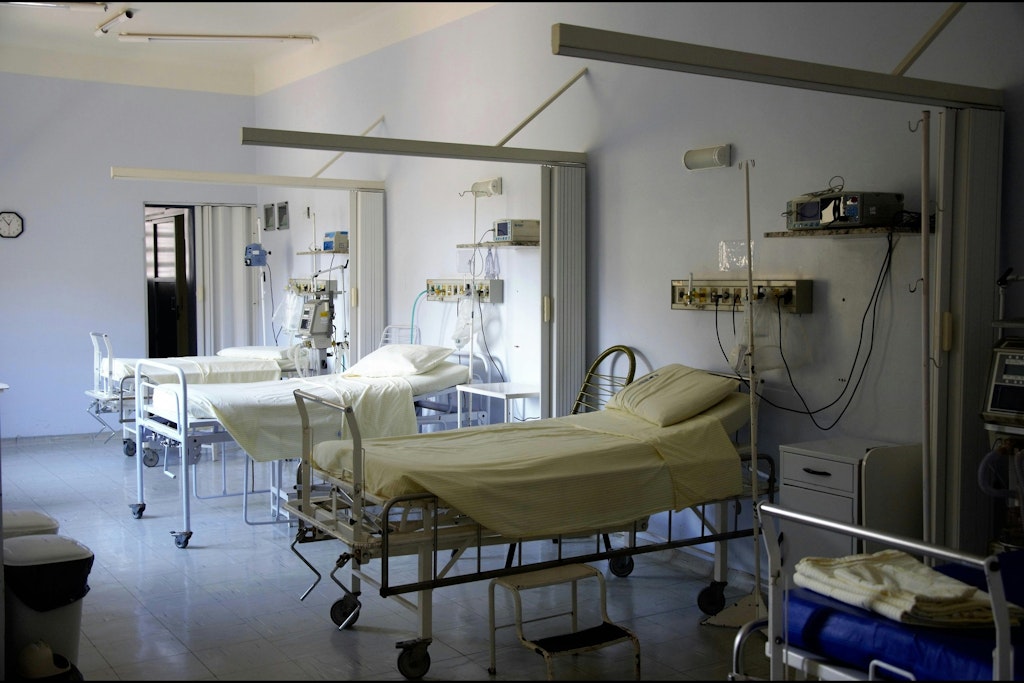Report finds one in 10 hospital beds have patients that don’t need to be there – With people “stranded”, pressure intensifies for federal funding
Published on 7 October 2025

“Stranded” patients
When state health ministers spoke to their federal counterpart recently, they said they were going to get more data on the issue. They have done just that. A report commissioned by state and territory treasurers has found that one in 10 public hospital beds are occupied by “stranded” patients waiting for accommodation in either supported disability housing or aged care. The cry for increased federal health funding is intensifying and making it more difficult for Canberra to remain distanced.
The report closely focuses on the core factors behind the fueling of rising public hospital costs, and is set to be a cornerstone for state ministers ahead of the negotiations at the following national health reform agreement (NHRA) with the federal government. As tensions continue to mount on issues, and the money to fix them, state ministers have accused Canberra of “going backwards” on funding promises to the public system, in particular, its critical hospitals.
Four key factors
Professor Stephen Duckett, a lauded expert in health, policy and education, along with consultancy group Create Health Advisory, constructed the report with four key findings behind rising public hospital costs.
· High-inflationary economic environment
· Labour shortages
· Rising complexity of patients
· An inflating group of “stranded” patients unable to be discharged due to lack of options in available supported accommodation
Centralising the need for federal government involvement, the report notes that these factors, “largely fall outside the control of states and territories”, and suggested policy reforms must be enacted at a macro systemic level to update public hospital pricing models.
Waiting to go elsewhere
The report highlights that most states are indicating that 8-10% of their public hospital beds are patients awaiting the opportunity to go elsewhere, most commonly residential aged care homes or disability accommodation.
Seemingly the only state to buck the trend is Victoria, with all other states showing a “sharp rise” in the amount of beds being used by long-term patients, who do not need hospital care but are waiting to leave, ie, “stranded”.
Commonwealth responsibility
The report clearly states, “The Commonwealth must take greater responsibility for system interface failures—including funding and delivery of aged care, disability support, and step-down accommodation.”
“This includes contributing capital and operational funding for transitional care capacity to relieve hospitals from the increasing burden of housing patients who no longer require acute care.”
Canberra has responded to the reports arrival amid already ongoing discussions with state ministers, and intense media scrutiny, saying the government had, “put a very generous hospital funding offer on the table amounting to about $215bn, which is $20bn more than they would usually get”.
Continuing, Butler noted, “There’s not yet been a meeting of ministers or first ministers. We’ve seen some media over the course of the last 24 hours from premiers, obviously. I’m not going to conduct negotiations through media myself.”
Tens of billions short
State ministers remain unimpressed, with the Council for the Australian Federation stating, “Under the arrangement now proposed by the Commonwealth, the actual share of Commonwealth funding will be closer to 35 per cent, falling tens of billions of dollars short of what is needed.”
In the same communique from ministers, it is highlighted that state leaders will hold to the deal as it stands of December 2023, in which Canberra committed to fund 42.5% of public hospital costs by the year 2030 and 34%, five years later.
Minns- Inactivity of federal government
NSW Premier, Chris Minns, last week noted that patients presenting to emergency departments would likely increasingly be turned away due to the inactivity of federal government to step up to its responsibilities.
He sees negotiations with the commonwealth currently, as it pertains to funding the crisis fix as, “we’re going backwards, not forwards”.
Minns squarely places the responsibility of aged care in NSW, and across Australia, at the feet of the commonwealth.
“We can’t have hundreds of patients who are in New South Wales public hospitals that should be discharged and, at the same time, see a net reduction in the amount of money that the commonwealth is prepared to give the states.”
Coupled with the need for increased health funding are the significant opportunities to incentivise aged care bed building for the sector, as well as drastic overhauls to the Support at Home scheme to support seniors staying at home and being healthy, longer.
The interconnected complexity of health and aged care crises warrants significant involvement from commonwealth, state and sector leaders for immediate policy adjustments and effectiveness to prevent severely increasing repercussions across age-groups and demographics.